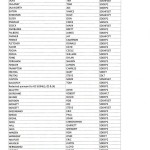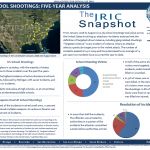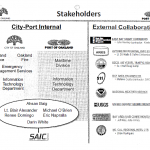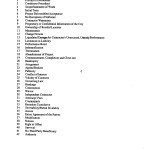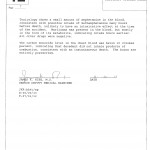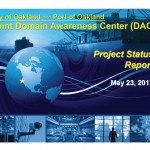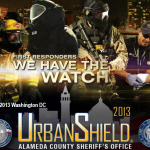On the morning of November 9, 2011, thousands of students, faculty, staff, and community members gathered for a noontime rally in Sproul Plaza. Protestors voiced their opposition to a variety of issues including recent tuition increases and state cuts to public education, and their support for the Occupy movement, which began in New York City a few months prior. In the early afternoon, hundreds of protestors convened a “General Assembly,” in which they voted to set up tents near Sproul Hall. The first tents to be erected in the grassy area near Sproul Hall were quickly removed by campus police without incident. Two later incidents in this same area, however, one in the mid-afternoon and one at night, involved the use of force by police against large numbers of protesters. Around 3 p.m., another set of tents was erected. In an effort to remove the tents, the police used batons and other means of force to move protestors that were locking arms and blocking access to the tents. After tense interaction with protesters, the police removed this second set of tents and withdrew to their command post in the basement of Sproul Hall. During this period, six individuals were arrested and more were injured and in some instances handled roughly.
Read more →
